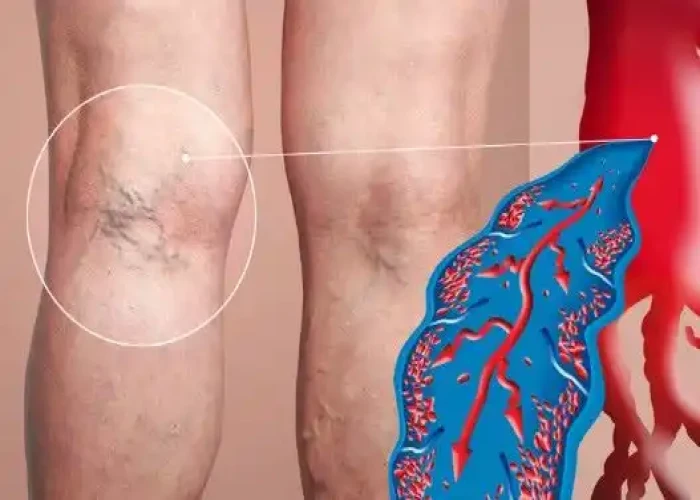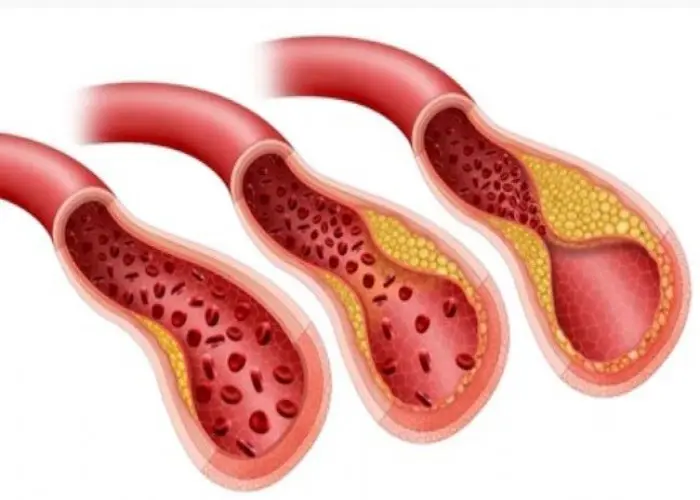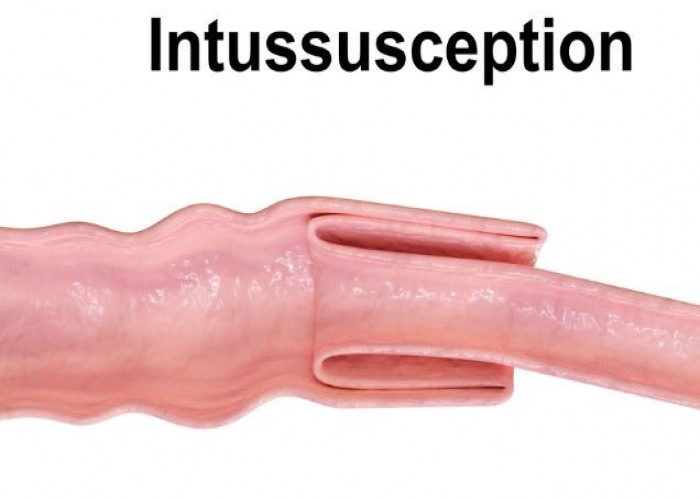 Welcome
Welcome
“May all be happy, may all be healed, may all be at peace and may no one ever suffer."
Intussusception

Intussusception is a medical condition in which a part of the intestine slides into an adjacent part of the intestine, causing a blockage or obstruction. This usually occurs in the small intestine or the colon, but it can happen anywhere in the gastrointestinal tract.
Intussusception can occur spontaneously, but it is more common in infants and children under the age of three years. The exact cause of intussusception is often unknown, but it may be associated with a viral infection, inflammation, or structural abnormalities in the intestine.
Symptoms of intussusception may include sudden episodes of severe abdominal pain, vomiting, diarrhea, bloody stools, and a lump or mass in the abdomen. In infants and young children, symptoms may also include irritability, lethargy, and inconsolable crying.
Diagnosis of intussusception may involve a physical examination, imaging tests such as ultrasound or X-ray, and possibly a barium enema (an imaging test that uses a special liquid to visualize the intestine). Treatment for intussusception typically involves a procedure called an air enema, which involves injecting air into the intestine to push the obstructed portion back into its normal position. In some cases, surgery may be necessary to remove the affected portion of the intestine.
If left untreated, intussusception can lead to serious complications, such as tissue death (necrosis) and rupture of the intestine. Prompt diagnosis and treatment are important to prevent these complications and improve outcomes.
Preventing intussusception may not be possible, as the exact causes are not well understood. However, some studies have suggested that certain vaccines, such as the rotavirus vaccine, may help reduce the risk of intussusception in infants and young children. It is important for parents and caregivers to be aware of the symptoms of intussusception and seek prompt medical attention if they suspect their child may have this condition.
Research Papers
Disease Signs and Symptoms
- Nausea or vomiting
- Abdomen lump
- Weakness
- Diarrhea
- Blood in stool
Disease Causes
Intussusception
Your intestine is shaped like a long tube. In intussusception, one part of your intestine — usually the small intestine — slides inside an adjacent part. This is sometimes called telescoping because it's similar to the way a collapsible telescope slides together.
In some cases in adults, the telescoping is caused by an abnormal growth in the intestine, such as a polyp or a tumor (called a lead point). The normal wavelike contractions of the intestine grab this lead point and pull it and the lining of the intestine into the bowel ahead of it. In most cases, however, no cause can be identified for intussusception.
Children
In the vast majority of cases of intussusception in children, the cause is unknown. Because intussusception seems to occur more often in the fall and winter and because many children with the problem also have flu-like symptoms, some suspect a virus may play a role in the condition. Sometimes, a lead point can be identified as the cause of the condition — most frequently the lead point is a pouch in the lining of the small intestine (Meckel's diverticulum).
Adults
In adults, intussusception is usually the result of a medical condition or procedure, including:
- A polyp or tumor
- Scar-like tissue in the intestine (adhesions)
- Weight-loss surgery (gastric bypass) or other surgery on the intestinal tract
- Inflammation due to diseases such as Crohn's disease
Disease Prevents
Disease Treatments
Treatment of intussusception typically happens as a medical emergency. Emergency medical care is required to avoid severe dehydration and shock, as well as prevent infection that can occur when a portion of intestine dies due to lack of blood.
Treatment options for intussusception may include:
- A water soluble contrast or air enema. This is both a diagnostic procedure and a treatment. If an enema works, further treatment is usually not necessary. This treatment can actually fix intussusception 90% of the time in children, and no further treatment is needed. If the intestine is torn (perforated), this procedure can't be used.
- Intussusception recurs up to 20% of the time, and the treatment will have to be repeated. It is important that a surgeon be consulted even if treatment with enema is planned. This is because of the small risk of a tear or rupture of the bowel with this therapy.
- Surgery. If the intestine is torn, if an enema is unsuccessful in correcting the problem or if a lead point is the cause, surgery is necessary. The surgeon will free the portion of the intestine that is trapped, clear the obstruction and, if necessary, remove any of the intestinal tissue that has died. Surgery is the main treatment for adults and for people who are acutely ill.
In some cases, intussusception may be temporary and go away without treatment.
Disease Diagnoses
Disease Allopathic Generics
-
Ampicillin Sodium
Antibiotic injection - should be injected into the meat after 6 hours.
-
Diazepam
Diazepam should be injected intramuscularly if the patient is very restless.
Disease Ayurvedic Generics
Disease Homeopathic Generics
Disease yoga
Intussusception and Learn More about Diseases

Hodgkin's lymphoma (Hodgkin's disease)

Microcephaly

Primary ovarian insufficiency

Retrograde ejaculation

Sarcoma

Varicose veins

Carotid artery disease

Metatarsalgia
Intussusception, ইন্টাসসপেশন
To be happy, beautiful, healthy, wealthy, hale and long-lived stay with DM3S.
